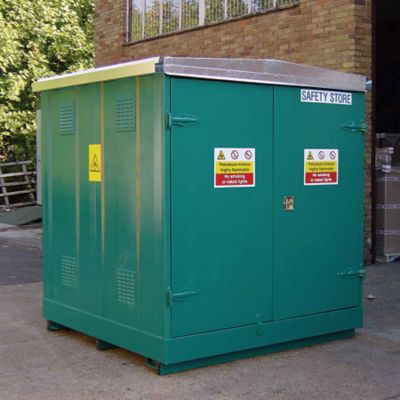Deciding how to store flammable or combustible liquids often presents a unique dilemma. Flammable liquid storage and handling is a highly-regulated su

When polyethylene is chemically compatible with a flammable or combustible liquid, what other factors must be carefully analysed?
- Is there adequate ventilation to avoid the build-up of ignitable ambient vapours?
- What is the fire- or heat-resistance of the containment device?
- Can control of static accumulation/discharge be made through bonding and grounding?
- What is the proximity of the containment device to heat or ignition sources?
- Are there national or local regulations as well as any local fire department requirements regarding collection and storage of flammables that apply?
- What are the requirements of the property insurer regarding storage of flammable liquids?
Given the risks involved with handling and storage of flammable or combustible liquids, the safest approach is to consult the Health & Safety Executive, the local Fire Department, or “authority having jurisdiction” over flammable liquid storage in your locality; as well as your property insurance carrier before purchasing and using a containment unit.
A small investment of time spent from the outset consulting with these knowledgeable parties could avoid major regulatory headaches and the possibility of fire or an explosion within your facility.






COMMENTS